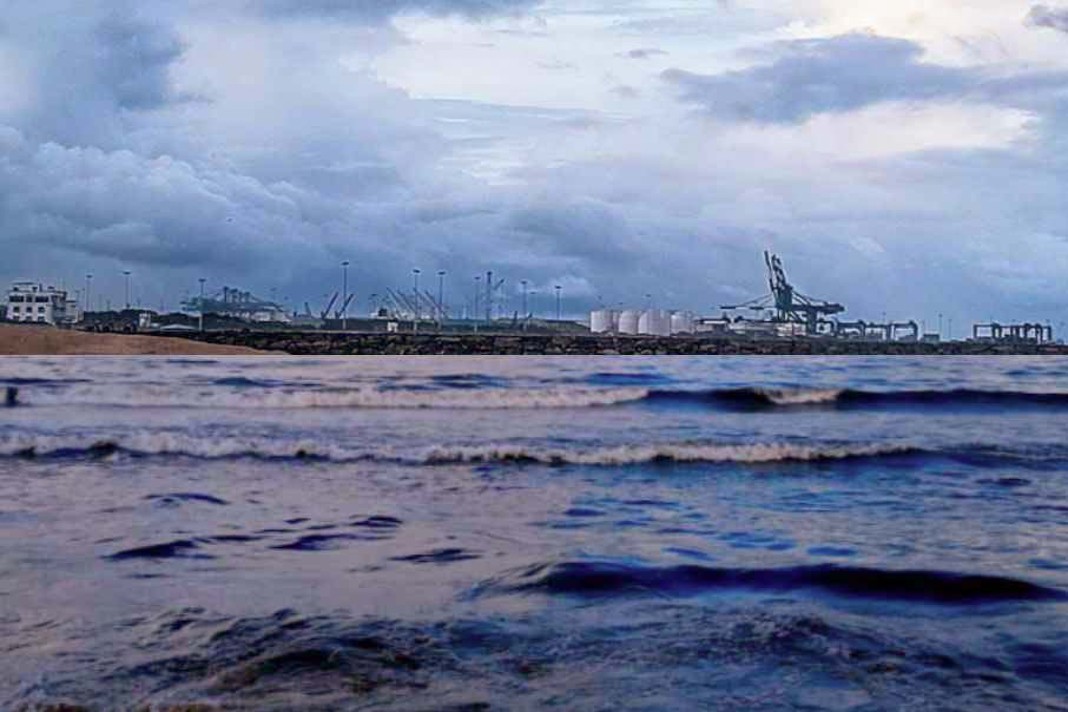- The first half of June saw a decline in crude oil freight rates, particularly on the Aframax Med route.
- VLCC MEG-China rates rose 30% YoY to 50 WS, while Suezmax rates to Europe remained steady around 110 WS (7% increase MoM).
Aframax Rates
Aframax Mediterranean rates fell 10% MoM to WS160 and are expected to decline further. LR2 AG rates dropped to WS200 (down 50 points from mid-May) but remain 90% higher YoY.
Panamax & Product Rates
Panamax Carib-to-USG rates held at WS180 (down 38% YoY). MR1 Baltic-to-Continent rates increased 26% YoY to over 250 WS, while MR2 Continent-to-USAC rates rose 20% YoY to 160 WS. However, MR2 USG-Cont rates dropped 37% WoW to 140 WS.
Supply Trends
- VLCC & Suezmax: The number of VLCCs in Ras Tanura and Suezmaxes in Wafr Bonny is increasing.
- Aframax: The number of Aframaxes in Primosk is decreasing, while those in the Mediterranean remain near the annual average.
- Clean: LR2 AG Jubail vessels have increased in the past four weeks, while MR activity in Skikda has doubled compared to two weeks ago. MR activity in Amsterdam is decreasing.
Demand Outlook
- Dirty Tonne-Days: Growth in dirty tonne-days for VLCC, Suezmax, and Aframax segments is showing a weakening trend.
- Panamax Tonne-Days: Growth continues to decline, reaching the lowest point since mid-April.
- Clean MR Tonne-Days: Both MR1 and MR2 sizes have experienced a steady decline in the past two weeks.
Macroeconomic Factors
Russia expects to meet its oil production quota in June after exceeding its target in May. Excess production will be compensated for by September 2025.
Overall, the tanker market is experiencing a mixed bag. While freight rates for some routes are declining, others are holding steady or even increasing YoY. The supply of vessels will be a key factor in maintaining strong dirty and clean freight rates in the coming days. However, the weakening trend in tonne-days for some segments suggests potential downward pressure on rates in the near future.
















